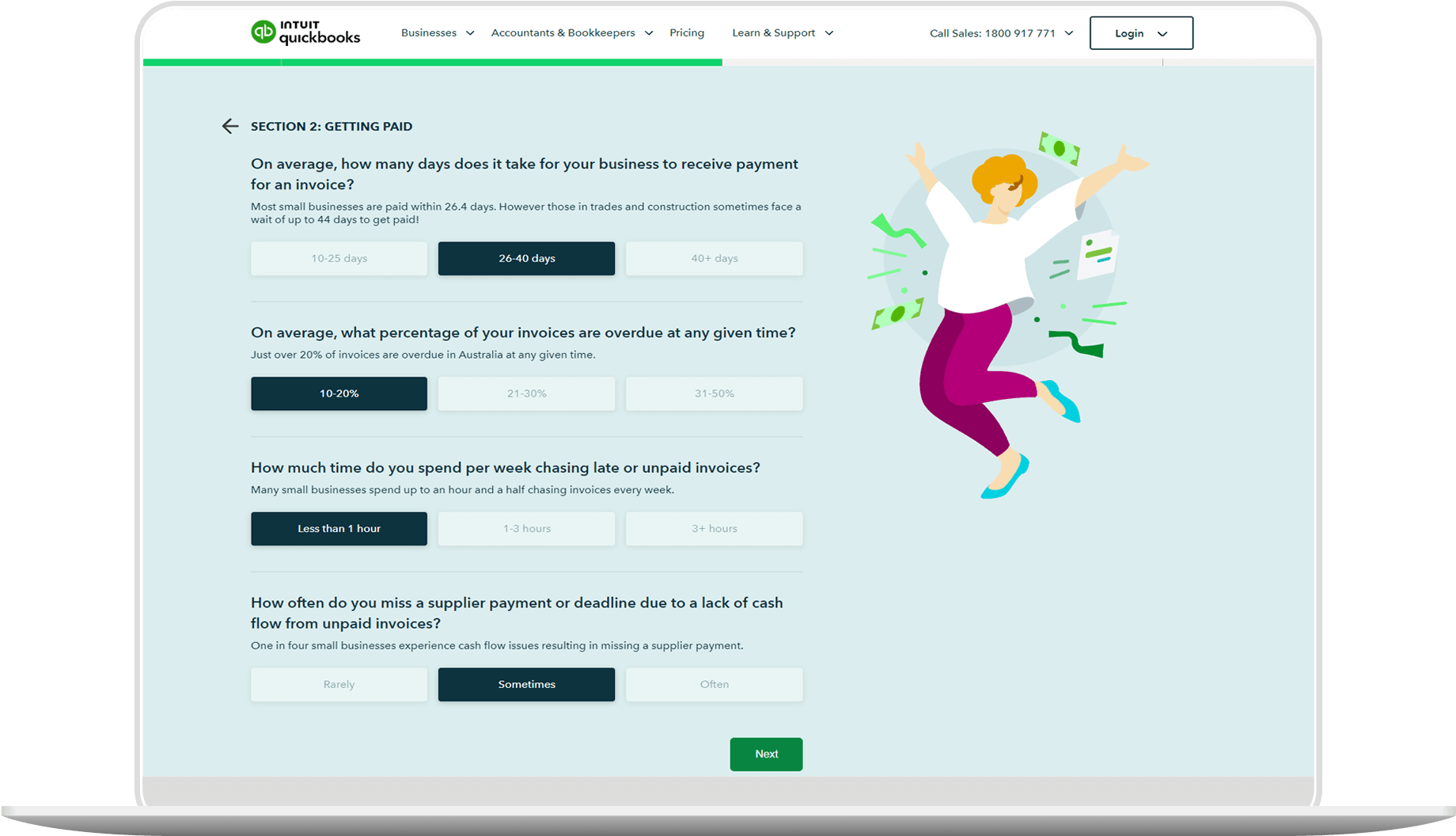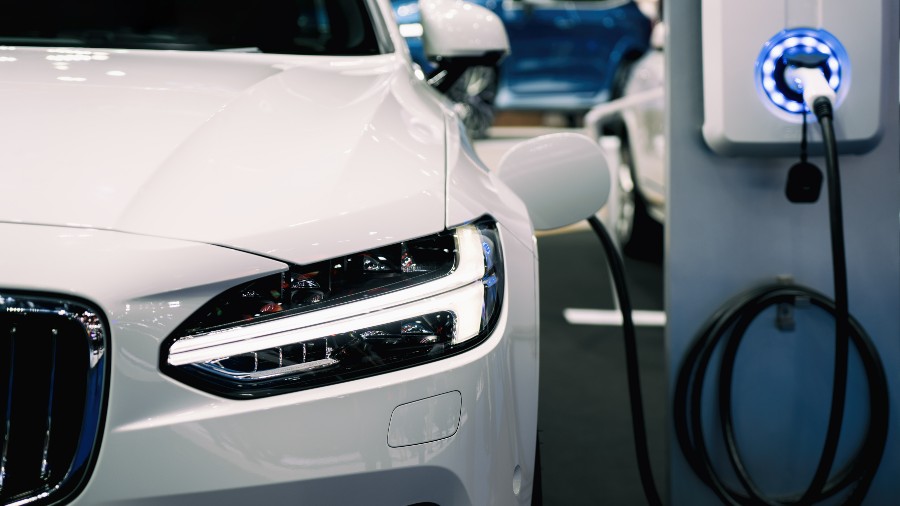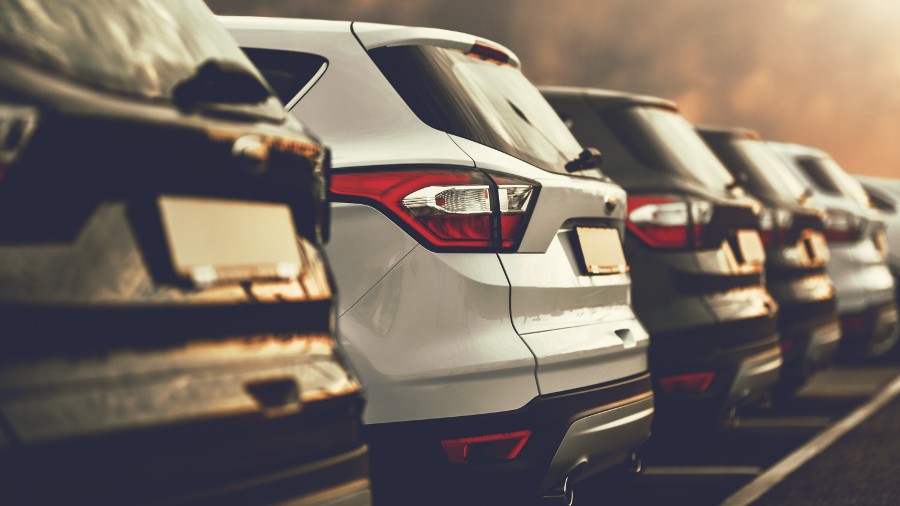General depreciation
General depreciation rules calculate depreciation amounts you can claim based on the life of the asset and the method of calculation. Under this rule, you can claim deductions on your business vehicle using one of two methods:
- Prime cost (or straight line depreciation): This method assumes the vehicle’s value declines uniformly. That is, depreciating by equal amounts each year.
- Diminishing value: This method assumes that the vehicle’s value drops sharply in its early years, resulting in higher deductions soon after purchase that eventually taper off. This method can be beneficial for expensive vehicles, as the value of the car will quickly drop. Using straight-line depreciation you’d lose out on greater deductions in the later years, while diminishing value would let you capitalise on the vehicle’s higher cost early on before it degrades.
Be sure to read additional tax depreciation guides to ensure you completely understand general depreciation rules and how they apply to vehicle depreciation. It's a complex subject with many nuances that are easy to miss.
In general, think about the kind of vehicle you’re buying when considering either of the above methods. A used Kia that costs you $25,000 is going to be a better option for an instant write-off or the straight-line depreciation method, as the value of the car won’t drop too drastically compared to what you paid.
A new Subaru that sets you back $50,000 would be a better fit for diminishing value. This is because the car will rapidly decline in value in the first few years.
Using the diminishing value method will allow you to claim a larger deduction based on the vehicle’s current value before it tapers off in later years. Straight-line depreciation would only allow for a smaller, uniform deduction, that could see you losing out on thousands in deductions.




















